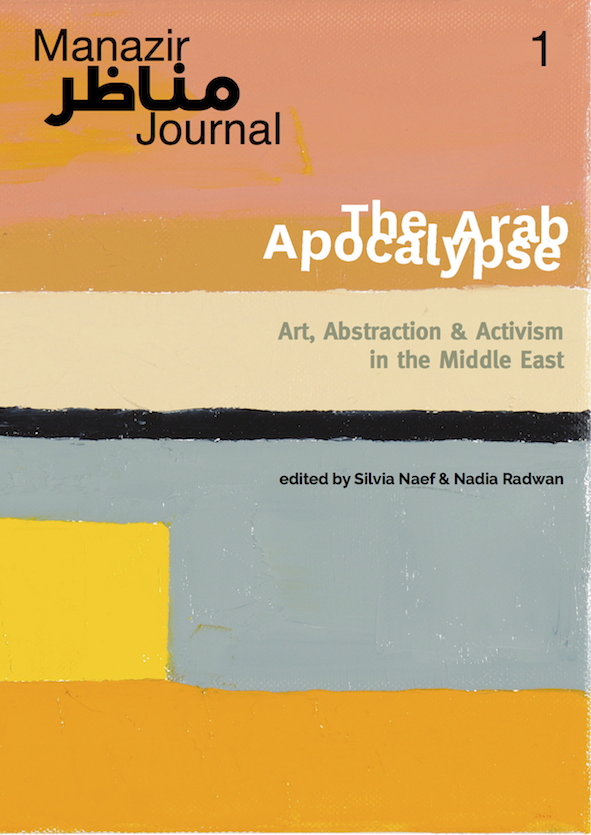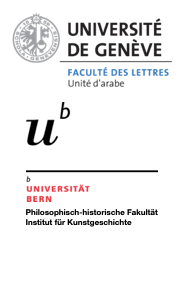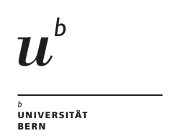The Political Basis of Abstraction in the 20th Century as Explored by a Painter
DOI:
https://doi.org/10.36950/manazir.2019.1.1.7Keywords:
abstraction, art history, materialism, painting, revolutionAbstract
The political nature of abstraction presented from an artist’s point of view – one who considers the most advanced task is the exploration of the language of pictures. Such exploration is understood as a separate discipline from the many others that employ pictures for practical functions. The author examines the development of 20th century abstraction as an effect of revolutionary social motion. Historic steps to abstraction, taking shape as rising and receding artistic movements, are correlated to revolutionary motion. The materialist underpinning of abstraction is distinguished from the idealism of Post-Modernism. The paper ends with an examination of contemporary discourse in the Western art world that attempts to erase the internationalism of abstraction and, thereby, marginalize non-Western practitioners.
Downloads

Downloads
Published
Issue
Section
License

This work is licensed under a Creative Commons Attribution-NoDerivatives 4.0 International License.








